California has desert?
Most people don’t associate California with desert. Well, California is a huge place with many diverse features and in fact does deserts like few other places in the world, including one of the most famous, Death Valley. Our next destination, Joshua Tree National Park, sits conveniently near the famous desert oasis of Palm Springs and the start of our journey into the vast California desert.
To get there we drove past a forest of huge wind turbines, part of the 4,000 turbines that take advantage of the consistent winds that blow through this valley. But even though we were arriving at the national park on a Monday in winter all the campgrounds were full and we ended up in a free ‘dispersed’ camp spot on some BLM land near the town of Joshua Tree.
BLM, or Bureau of Land Management, is a federal agency that in effect manages all the land in America that no one owns, much like the concept of Crown land in Australia. BLM land can be unusable mountains, or marginal land leased to ranchers or vast uninhabitable deserts or just about anything. For us, at least for this night, it was a great place to camp in the desert by ourselves.
Getting a campsite in Joshua Tree NP is like deep sea trolling for fish – if you drive around long enough you eventually catch one. That’s what we did the next morning, nestled in amongst giant granite boulders with a forest of Joshua trees all around us, before venturing out on a series of interconnected walks to explore this unique land.
Joshua Tree NP is famous for the fascinating and highly photogenic Joshua tree cactus but it also feature a fabulous range of huge smooth granite boulders formed eons ago and which today rise up to dominate the desert landscape. We walked amongst these rough granite giants and an uncountable range of beautiful cacti for a few hours in temperatures around 82F/28C but with a light desert breeze that made it a bit more bearable.
This was a fabulous walk, an easy rolling trail amongst the giant granite formations, the trail snaking around different cacti and giving us a great introduction to this amazing desert. Sometimes we veered off the track to explore rocks in more detail, other times it was the beautiful cacti or scenic views. It was hot, not easy, but well worth it as we took a thousand photos and loved the whole desert scene. We were falling for the desert thing.
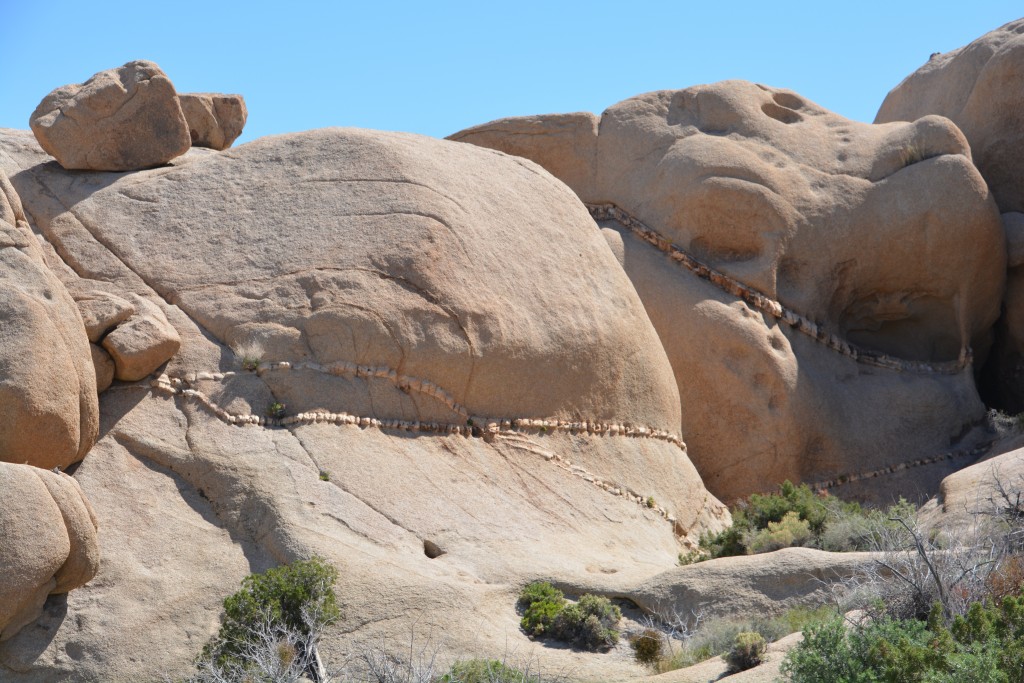
These amazing granite boulders frequently had fascinating intrusions of other rock forcing its way through the cracks
We were also getting into the cactus thing. Australia does deserts, that’s for sure, but we don’t have cactus. Julie and I loved all the new and beautiful plants that the desert offered, including the famous Joshua tree with its multiple human-like arms waving madly in all directions, prickly pears, yuccas, ocotillos and others we were still learning. Cacti are cool.
We also drove up to Barker Dam in the late afternoon, weary but still keen, and took the one hour loop track out to see this crude dam that ranchers built in the early/mid 1900’s to catch precious desert water. Along the trail we came across our second rattlesnake, this one more rusty in colour and with a quieter rattler. We carefully walked our way around it, experts that we are, and moved on. That’s our second rattlesnake in the first week, perhaps a bad omen for the future.
After a long but spectacular day we headed back to camp to sit amongst the huge boulders with climbers showing off their talents on the rock faces above us, but eventually it became a cold and windy night amongst the granite structures and the fire was our only friend.
Camping in the desert in winter means cold evenings and cold mornings but at dawn we ventured out for a short walk up the track to the remains of the old Ryan Ranch, established over 100 years ago to support mining and ranching operations in this vast land. The morning sun provided fantastic soft light views of the valley and the remains of this old homestead. Despite the beautiful setting it was hard to imagine what it was like to live in this remote and inhospitable location until the early 1930’s.

The remains of the Ryan Ranch in early morning light – a magnificent setting unless you had to live there 100 years ago
But our plan was to move north to Mohave National Preserve, a huge stretch of desert landscape that begged us to explore it. We followed straight desert roads over mountain ranges and across barren landscapes, eventually crossing the dry Bristol Salt Lake and finding the Amboy Volcanic Crater National Monument. This dramatic volcanic crater rises from the desert flow with its distinct lava flows across the valley and covered in a variety of beautiful desert flowers. Very cool.
From the modern ghost town of Amboy (population 4…on a good day) we drove north into the Mojave National Preserve with its spectacular long rugged mountains on both sides. By this stage we were expert at wide open desert spaces but the rugged mountain vistas and long straight roads provided us with still more Wow experiences. It was hard to believe we were still in southern California but in an environment completely alien to anything most people would associate with in this part of the state.
One Wow experience was Kelso Dunes, the amazing mountains of sand that filled our horizon and provided more exploring as we walked out to the base of their huge slopes. The Kelso Dunes are famous for their booming sounds as sand slides off their slopes and causes huge sound booms across the barren desert plains. We heard this amazing phenomenon repeatedly while we were there.
But Mohave National Preserve had much more to offer, including historic Kelso Depot where steam train engines acted as ‘helpers’ to get trains over the high pass before WW2 and onto a fun little four wheel drive track through more beautiful desert mountains, everything very green from recent rain. We camped at the Hole in the Wall campground, a stunning location at the base of dramatic red mountains and waited out a spectacular desert thunder and lightning storm before venturing out on our last excursion of the day.
As the rain stopped and the afternoon sun dropped to the edge of the canyon walls we followed a trail around dramatic red rock mountains, formed through a series of ancient volcanic ash explosions that provided layer after layer of hardened ash that was further formed by wind and weather. There was a narrow gap in the walls called Banshee Canyon which we climbed through, clamouring over amazing rock formations and using chain rings to help get up a few spots. We had the canyon to ourselves and soaked in this fascinating place.
That night a cold miserable strong wind blew through the canyon, forcing us away from the fire and inside where we were kept warm and cosy, despite Tramp getting a good rocking from the wind all night. Tomorrow we will leave California for the delights of Arizona but we were totally overwhelmed by the ‘other’ southern California that we discovered and now appreciate the state for much more than just the long beaches, hot summers, cold beers and tall palm trees.
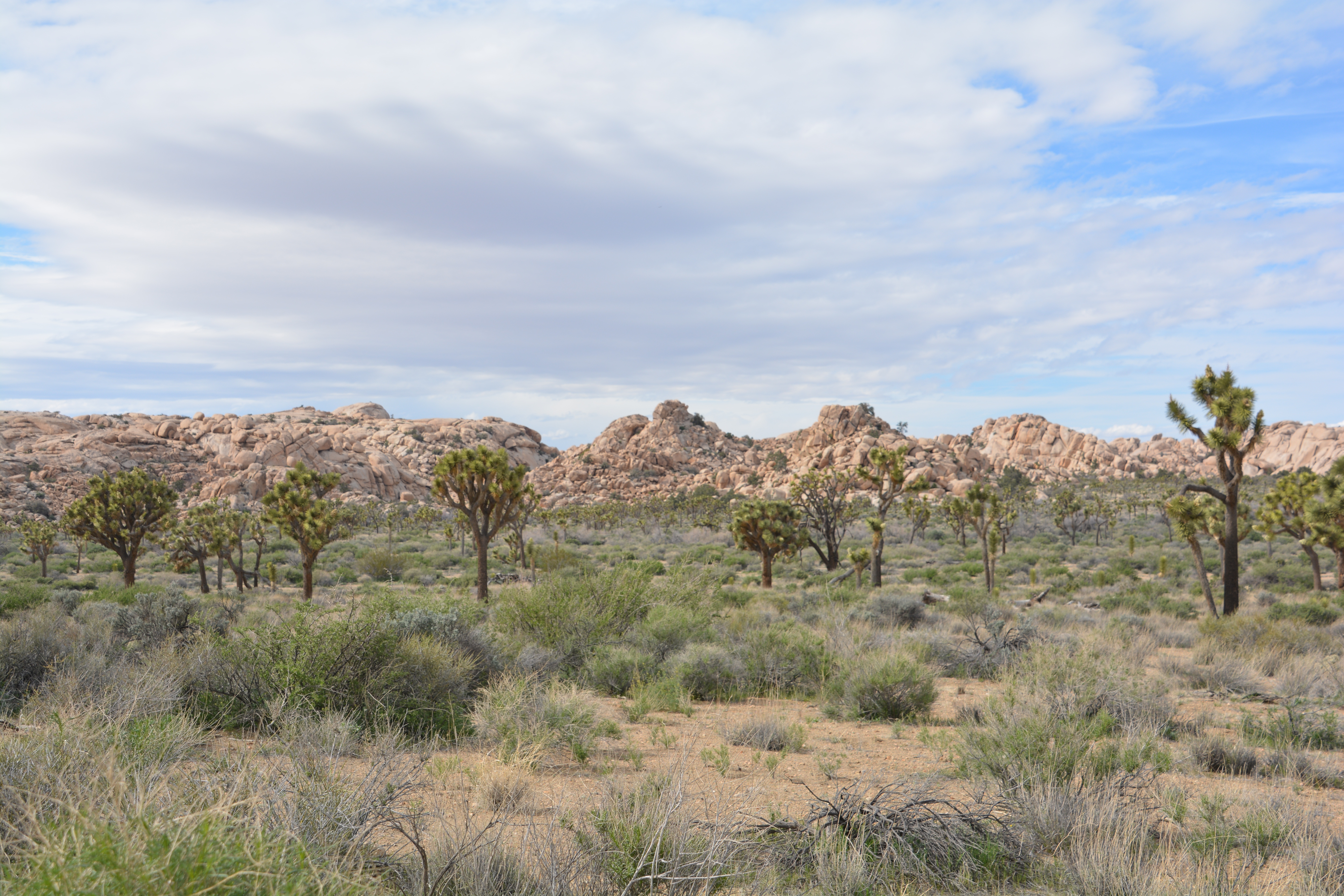
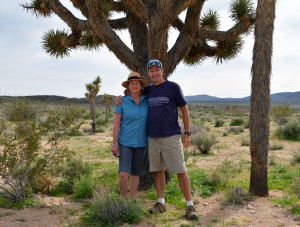
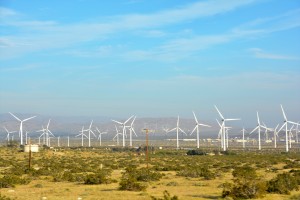
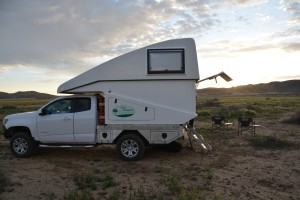
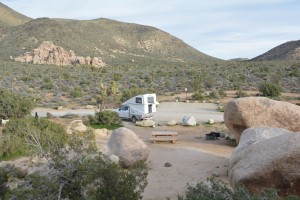
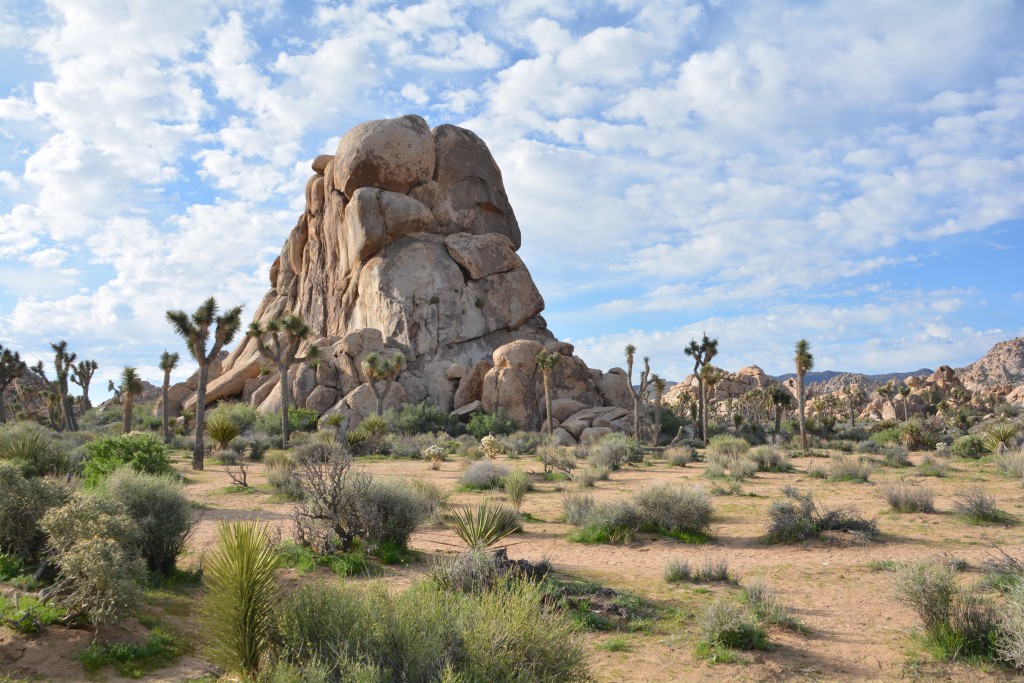
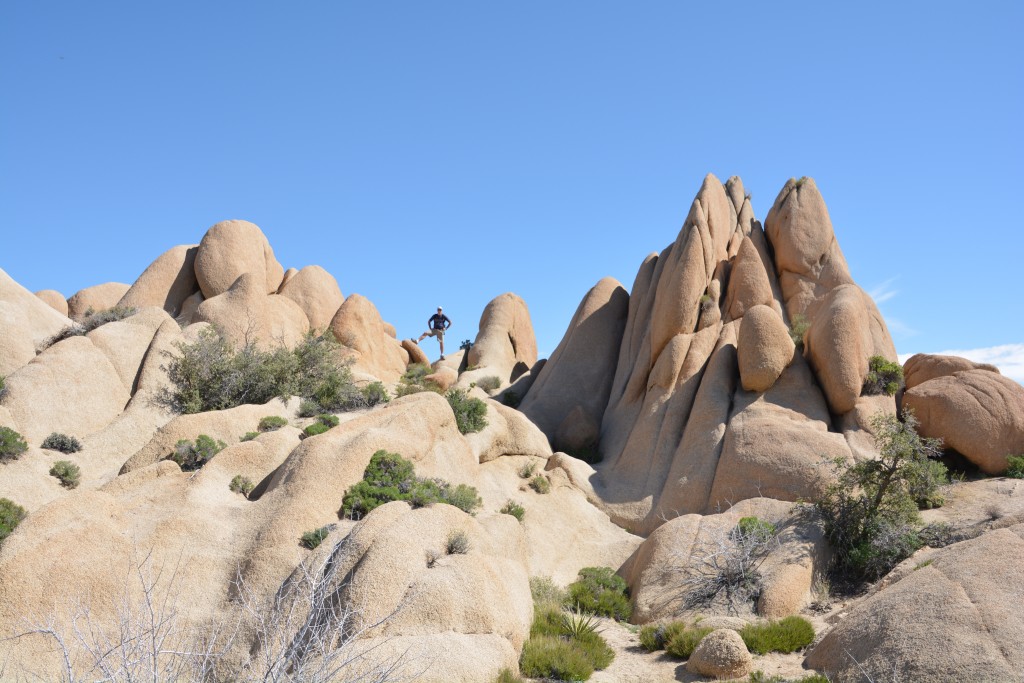
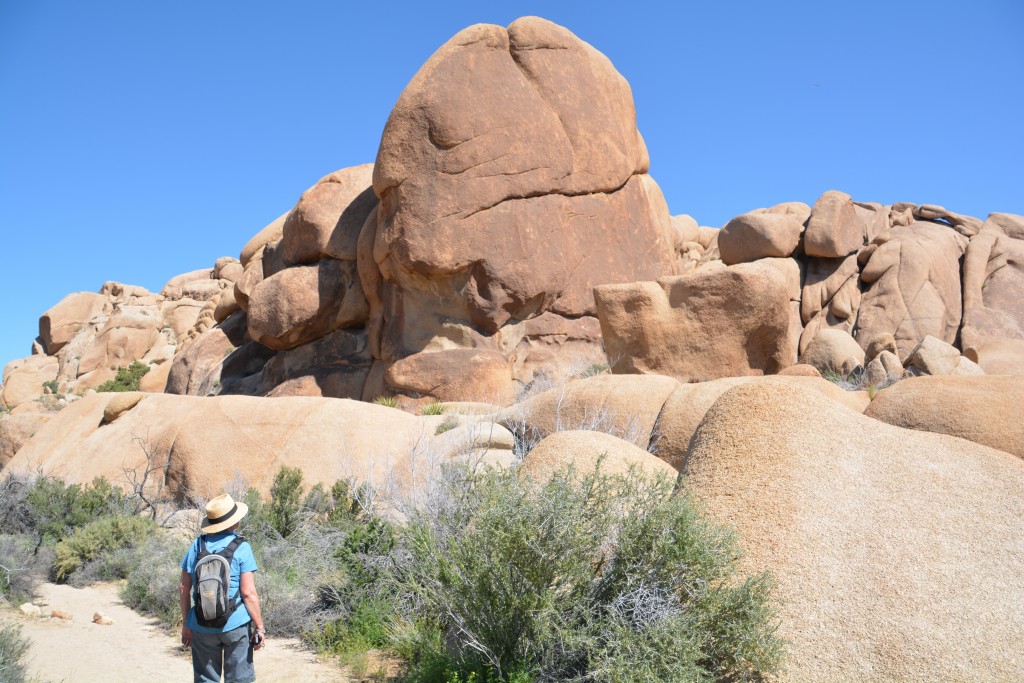
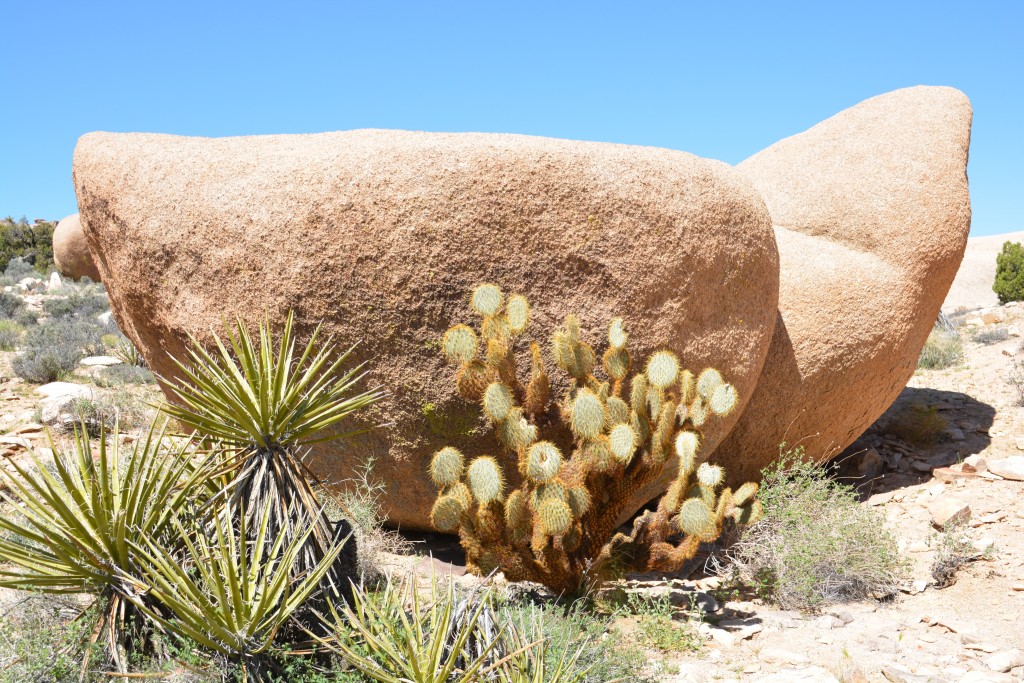

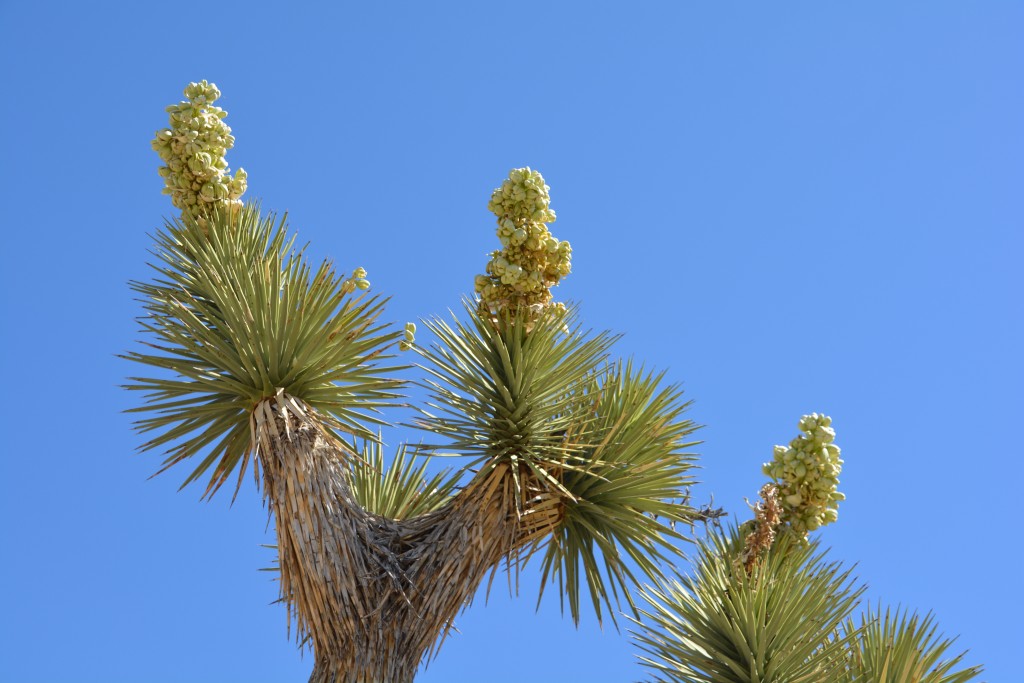
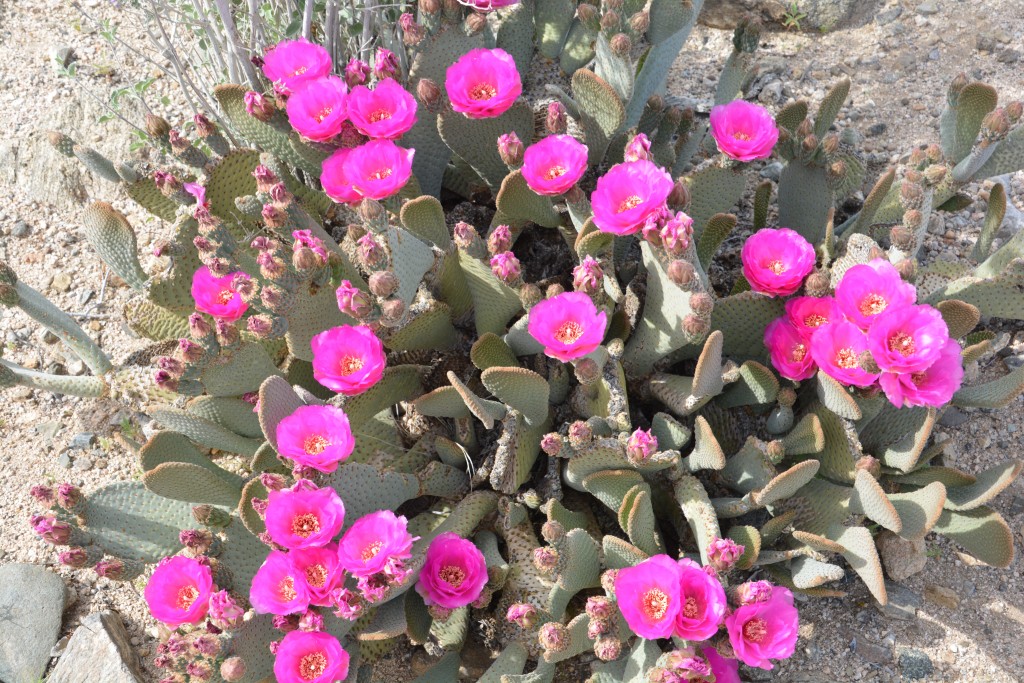
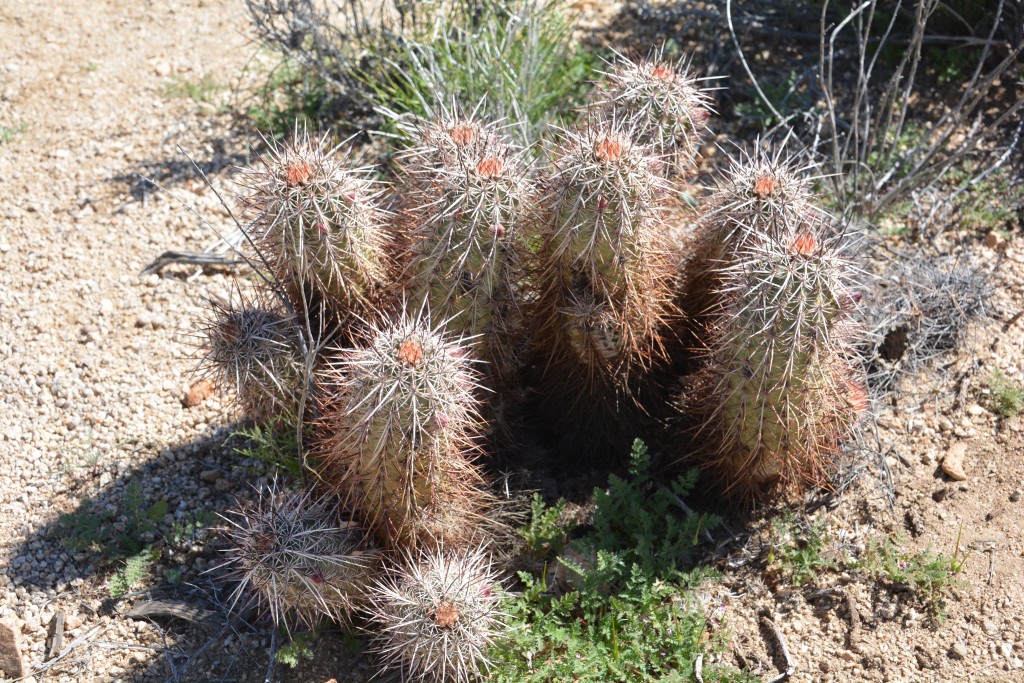
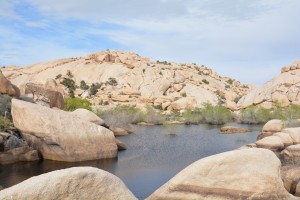

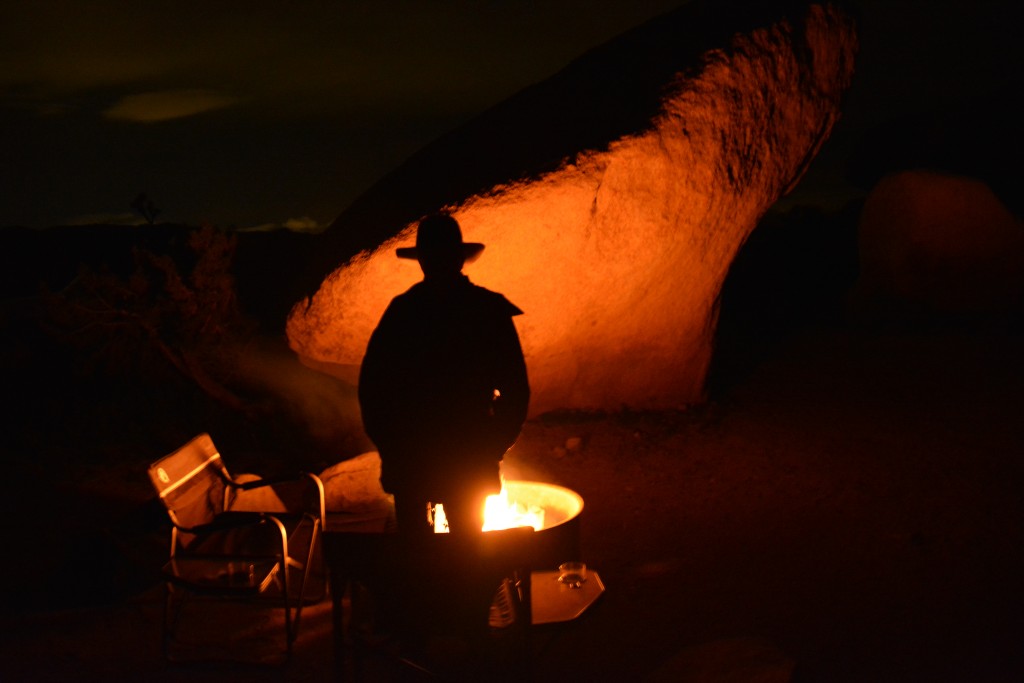

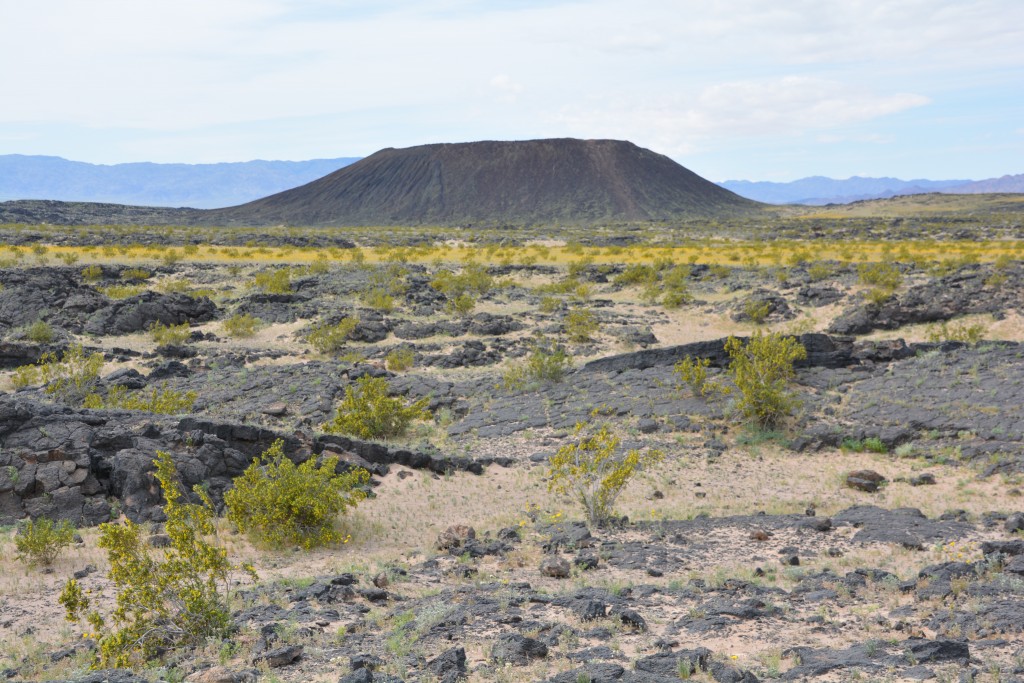
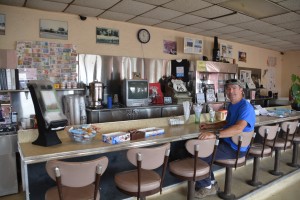
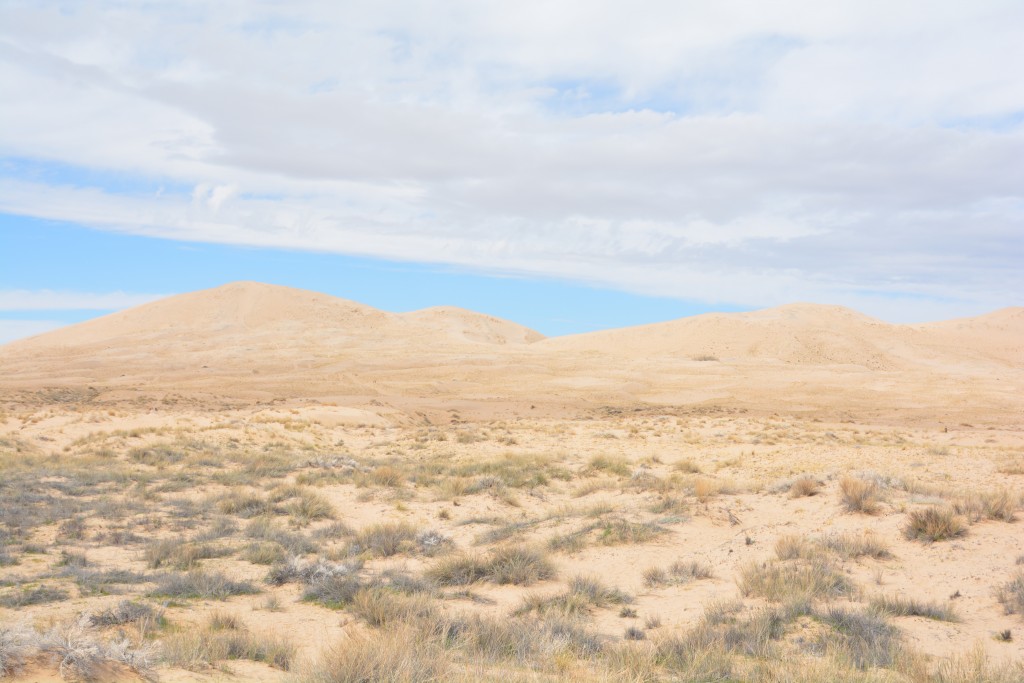
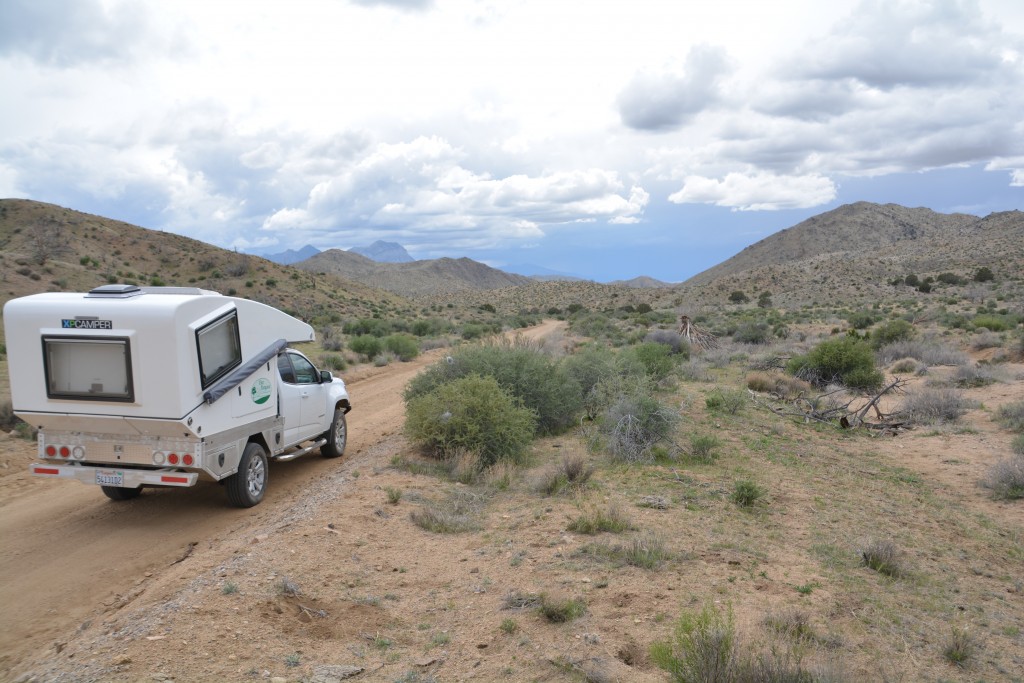
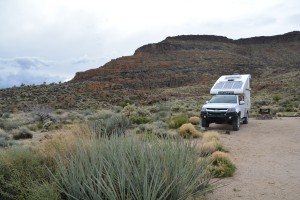
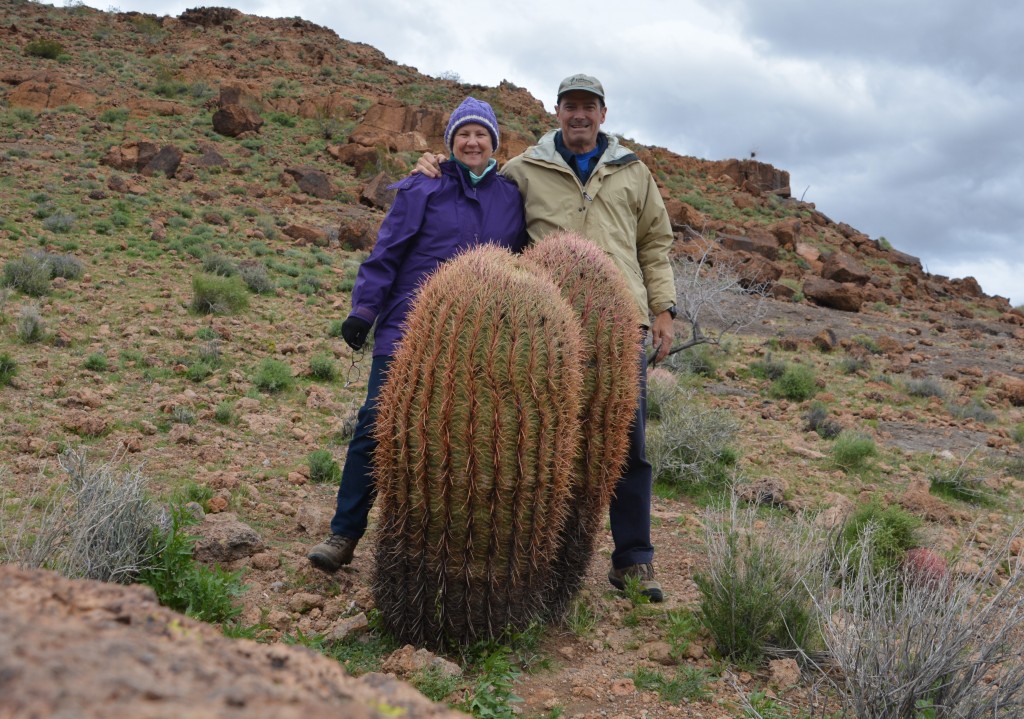
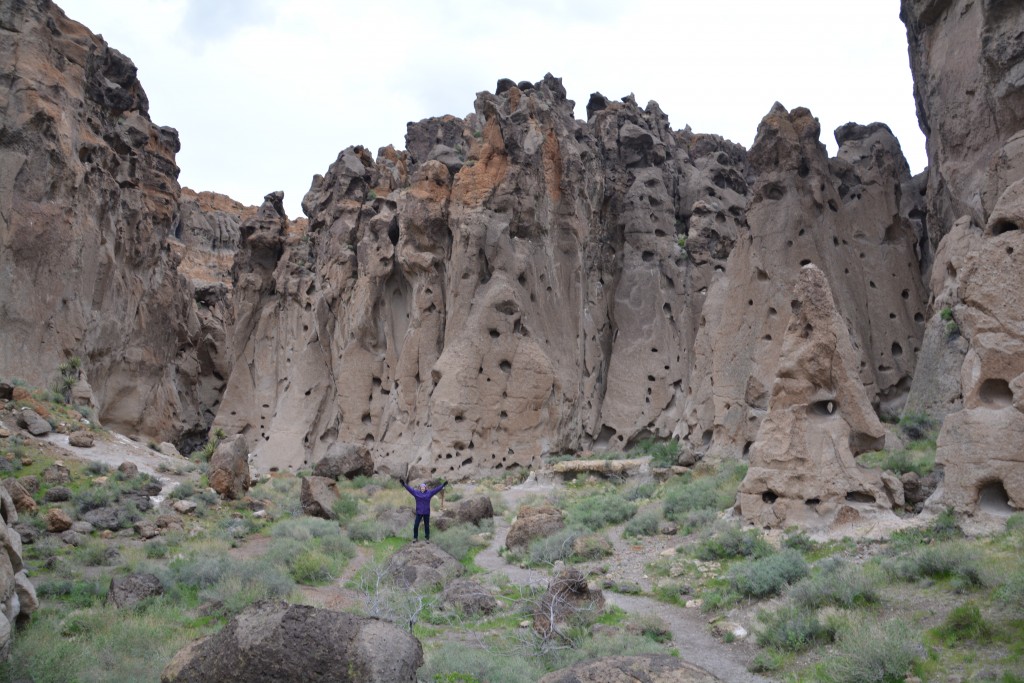
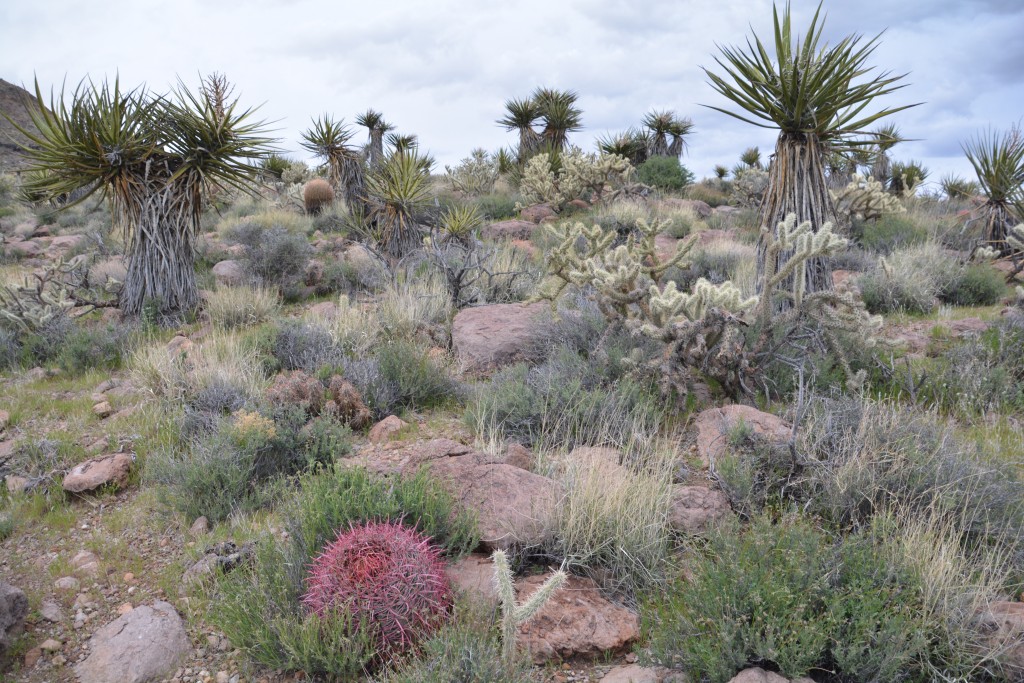
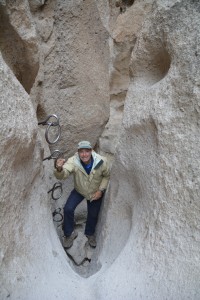
Hi Julie and Bill
I am madly jealous. The desert sounds wonderful. I would love to be planning walks- but not quite yet. I am now on one stick but don’t really need that. Just use it in case I get rocky. Physio says I am way ahead of where I need to be so I just have to be patient ! I will have to be content reading your blog for now
Thanks Margaret. Good to hear you are on a strong recovery path. We’ve mentioned a couple of times how you and Col would love to be out here with us. Maybe some day!
Bill